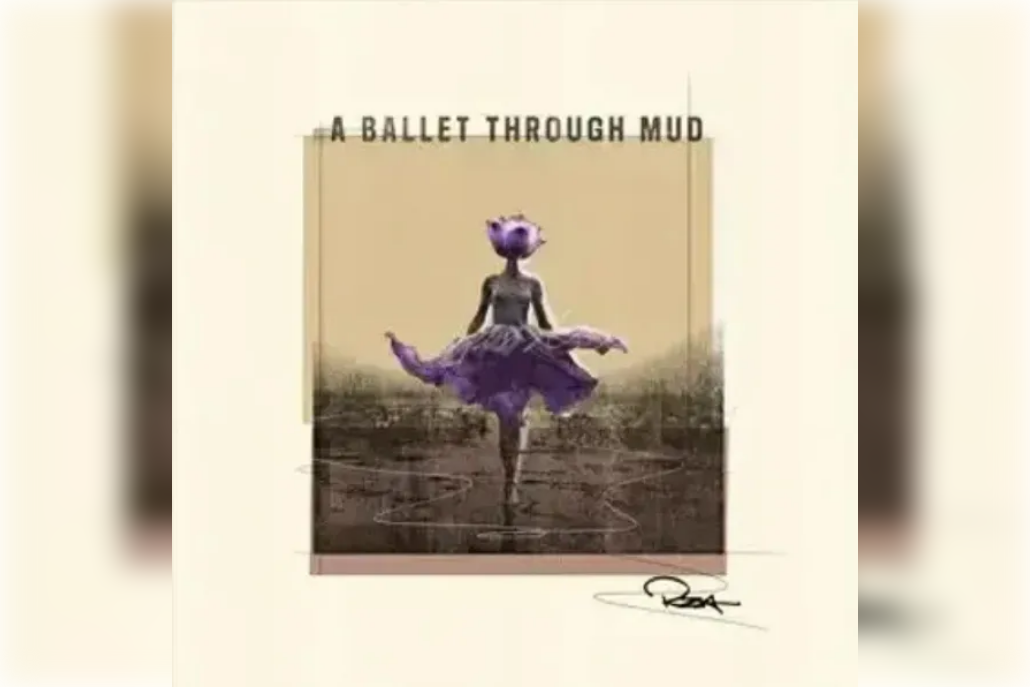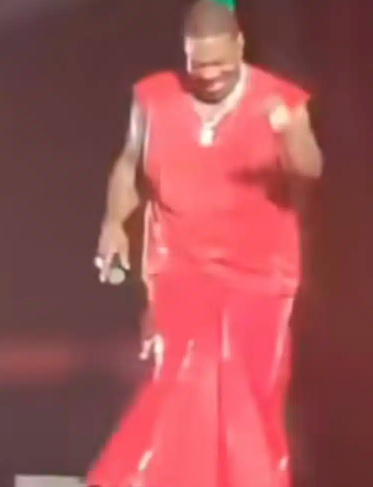The hip-hop world is in full swing with recent artistic decisions by some of its pillars. RZA and Busta Rhymes, two iconic rap figures, have recently made choices that question the very essence of the genre they helped shape.
RZA: from Wu-Tang to the symphony
RZA, the mastermind behind Wu-Tang Clan, surprised his audience with the cover of his latest album "A Ballet Through Mud".

Is it a natural evolution or an abandonment of its roots hip-hop?
The rapper justifies this shift by explaining that he drew on his old high school notebooks to create a musical narrative beyond the mere words.
"I found my old book of lyrics written between the ages of 14 and 19, and I wanted to find a way to put them into music, so I started from that as a foundation, telling a story in a way that wasn’t just about words," explained to BET about his decision.
However, it is questionable whether this approach does not risk distorting the very essence of hip-hop, a genre born on the street and carried by the voices of marginalized communities.
Busta Rhymes: when the style of clothing is controversial
In a different but equally controversial way, Busta Rhymes made a sensation by coming on stage dressed in a dress-pants.

This dress choice has caused a stir in the hip-hop community, with particularly virulent reactions such as that of French rapper Rohff.
"The rumours were already circulating since 2010 in the Miami studios. 2024, you reveal yourself and here you are finally in a dress. Mrs Jocelyne Busta Rhymes MDR they will all end up with a Tampax",
Rohff said on Instagram, illustrating the resistance of a part of the community to these changes.
A broader debate on the evolution of hip-hop
These examples are part of a broader debate about the evolution of hip-hop codes and values. While some view these initiatives as signs of openness and creativity, others see them as a betrayal of the fundamental values of gender.
The question arises: how far can hip-hop artists push the limits of their art without losing their identity? Do these experiments enrich the genre or contribute to its dilution in the mainstream?
Have you ever seen the audience of Snoop Dogg, Nas or Tupac Shakur be that of an artist who dresses up on stage during a rap show? Those who attend this type of show will be attracted by the travestishment and its curiosity, not by the hip-hop culture in its fundamental essence.
Is it a tactic to attract more people that could, in the end, be fatal for the artist? Will the millions of fans around the world just bite the artist who found it interesting to dress up on stage, as was the case with Busta?
Ultimately, these artistic choices, whether musical or clothing, reflect the tensions within a genre that is constantly evolving. The concern in all this is not that an artist wears a dress; the human can do what he wants. It’s just not an ideology, because the imposition of gender identity is very badly perceived. There is a big difference between imposition and acceptance. Please let me know if you need any more changes!
Between tradition and innovation, rap veterans walk on a fine line, risking each step to alienate part of their fan base while trying to remain relevant in a constantly changing musical landscape.